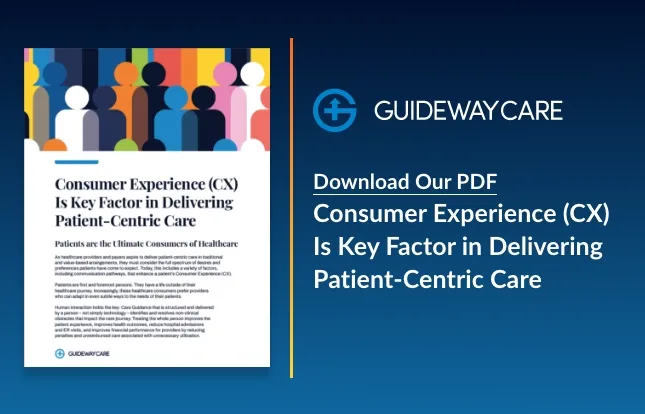Is There a Nursing Shortage?

Throughout the twentieth century and into the present day, there have been periodic nursing shortages. Shortages of these crucial clinical team members pose pressing challenges for healthcare organizations. But is there a nursing shortage now?
According to the Bureau of Labor Statistics, this profession is growing at a rate of around 12%—significantly faster than most other professions. Unfortunately, many experts predict that the existing RN workforce will not be enough to fill the growing number of positions.
RN Shortages Vary by Location
While most sources agree there is and will be an overall shortage of RNs in the United States, the severity of the shortage varies significantly by location. According to the 2017 National Center for Health Workforce Analysis, states that will have the largest number of unfilled nursing positions in the next 10 years include California, which will be short 44,500 RNs; Texas, with a shortage of almost 16,000; and New Jersey, with a shortage of more than 11,000. While these shortages are significant, the report predicts that other states, including Florida, Ohio, and Virginia, will actually experience a surplus of RNs. So while some healthcare organizations may struggle to fill available nursing positions, others may not be affected.Factors Driving the Nursing Shortage
There are numerous reasons that the nursing field is experiencing a shortage, one of which is that a large portion of the current workforce is reaching retirement age. “The aging of the current nursing workforce is one reason for the nursing shortage,” said Cathy Rozmus, Ph.D., vice dean for academic affairs at Cizik School of Nursing at The University of Texas Health Science Center Houston, explained to the Texas Medical Center. “In the state of Texas, 25 percent of all nurses are age 56 or older. You’ve got a quarter of the workforce within 10 years of retirement.” According to the 2019 AMN Healthcare Survey of Registered Nurses, 86 percent of “Baby Boomer” nurses, who are between the ages of 55 and 75, plan to retire in the next five years. At its highest number in 2008, there were more than 1.26 million RNs from this generational cohort, and AMN estimates roughly 60,000 Baby Boomers have been leaving the profession annually since 2012. Because this generation is such a large part of the workforce, their retirement can have a significant impact on healthcare organizations. There are other factors contributing to the lack of RNs in certain regions, as well. The American Association of Colleges of Nursing notes the levels of enrollment in entry-level nursing programs is not increasing at an adequate rate to accommodate the number of RNs leaving the workforce. Additionally, a shortage of nursing school resources and faculty is forcing universities to limit their enrollment—the source explains that 75,000 qualified applicants were turned away from nursing programs in 2018 due to insufficient numbers of faculty, clinical sites, classroom space, and clinical preceptors.How Nursing Shortages Impact Care
Because RNs play such an integral role in patient care, nursing shortages add to the problem of low nurse to patient ratios, leading to a serious impacts on patient outcomes, readmission rates, satisfaction levels, and more. These correlations have been proven through research—for instance, a study in JAMA found that each additional patient added to a nurse’s workload is associated with a 7 percent increase in likelihood of a patient dying within 30 days of admission. Further, when patients believe there are not enough nurses in a facility, they often doubt the quality of care they are receiving, according to a study in BMJ Open. “When there aren’t enough professional nurses, things get missed, patients notice, and this affects their confidence in the quality of the hospital and the care they receive,” explains researcher Peter Griffiths, PhD, a professor at the University of Southampton. Additionally, when nursing staff are stretched thin in their responsibilities, they are more likely to be stressed and experience burnout—the same JAMA study found there to be a 23 percent increase in the likelihood of burnout for each additional patient in a nurse’s workload. This, in turn, can lead to high levels of turnover within healthcare organizations.Guideway’s Care Guides seamlessly integrate with your clinical team to address non-clinical patient needs.
Guideway’s Care Guidance services remove the burden of non-clinical tasks from nursing workloads, freeing up nurses to work at the top of their license. Fill out the form below to request more information. [pardot-form height=”700″ id=”13043″ title=”Guideway Care Info Request Form – General”]Contact Us Today To Learn How We Can Help
"*" indicates required fields




